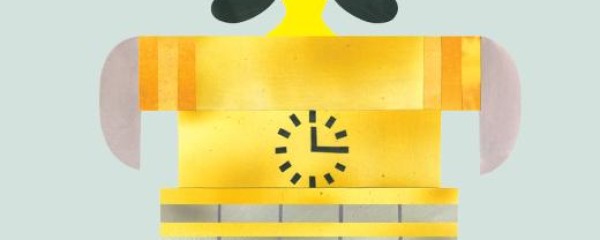Belgian Geologists Create Laser Rock Scanner for NASA
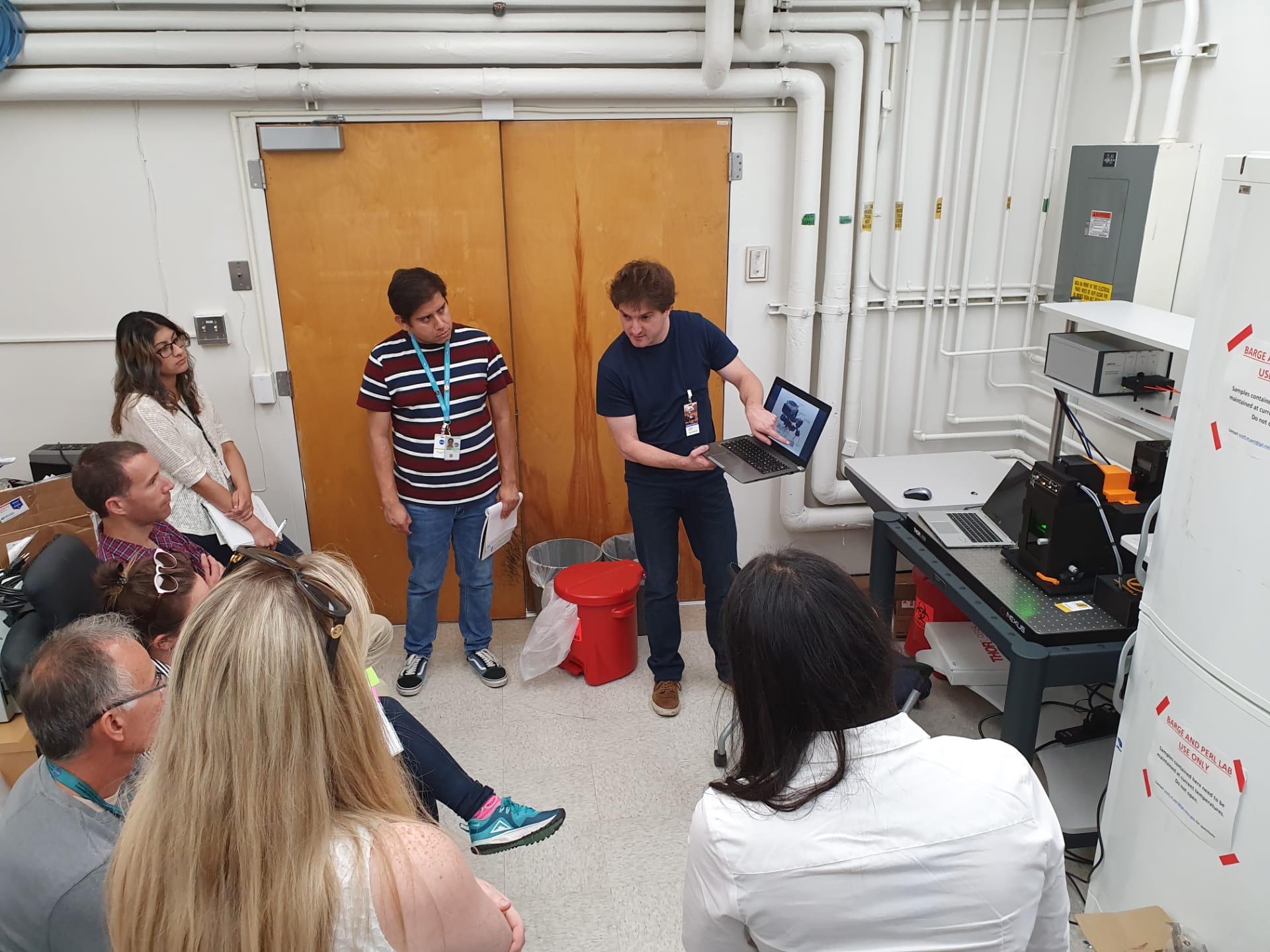
Scientists of the Royal Belgian Institute of Natural Sciences have developed an ultra-robust rock scanner to analyse the chemical composition of rocks. The instrument will help the American space agency to study the origins of life on Earth in deep-sea hydrothermal vents. NASA’s Jet Propulsion Laboratory will also test if similar technology could be used on space missions.
Geologists Christian Burlet and Yves Vanbrabant (Institute of Natural Sciences), together with Pablo Sobron (SETI -Impossible Sensing LLC), created a special spectrometer for NASA’s Jet Propulsion Laboratory (JPL). The “SpectroGRID” is made to analyse the chemical composition of the surface of small rock samples in the lab. Its particularity is that it contains little moving components, making it very robust and reliable. JPL's “Origins and Habitability Laboratory” will test the capabilities of the instrument to study the chemistry of rock samples from deep-sea hydrothermal vents. These are fissures in the seabed from which geothermally heated water erupts and where Earth’s earliest life forms may have emerged, fuelled by the chemicals dissolved in the vent fluids. Besides, JPL will test if similar technology could be used on space missions, for example to Mars.
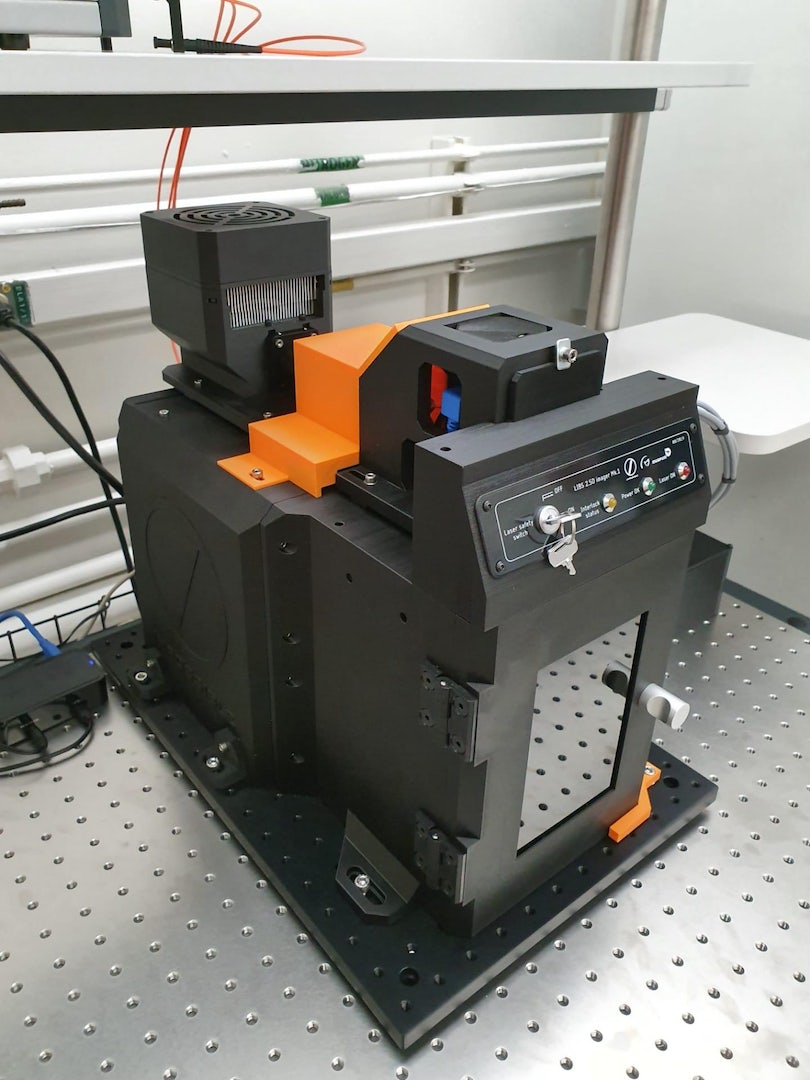
The First of its Kind
The SpectroGRID is a LIBS (laser-induced breakdown spectroscopy) micro-imager. LIBS is a chemical analysis technology that uses a short (but very powerful) laser pulse to ablate a tiny fraction of the sample, which results in light production. Because every element emits light with a specific wavelength, the spectrometer inside can identify the elements of which the sample is composed. To visualize this, special software is used to produce a 'geochemical map', showing the spatial distribution of elements on the surface of the rock samples.
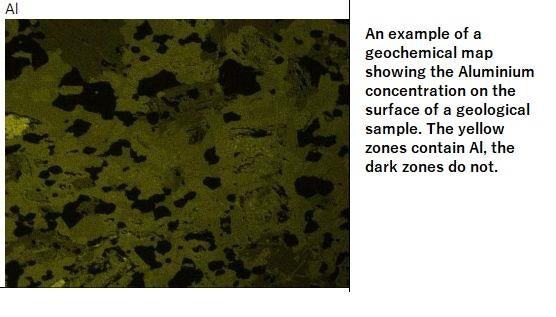
But the SpectoGRID is not your regular LIBS scanner! Its particularity is that it has very little moving parts, as little as currently possible. “This makes the instrument much more robust and reliable”, Yves Vanbrabant explains. “The JPL will test the SpectroGRID, to find out if similar technology could be used on space missions, for example to Mars. There, sandstorms form a major problem, because all these little grains can get stuck into the machinery. Having little moving parts is an important asset in this kind of environments.” And there’s more. “Another advantage is the fact that you can scan the rocks from a distance, which reduces the chances of contamination” adds Christian Burlet. “This is of course important if you are researching environments that are relatively isolated and untouched, like the deep-sea."
Race Against Time
The adventure began just one year ago, when the two geologists decided to join hands with ‘Impossible Sensing’, an American company specialized in technology for measuring the scattering and absorption of light. Together they designed the SpectroGRID. “In the US it is much easier to find funds for developing a new instrument. I found it very interesting to work ‘the American way’; more dynamic. They dare to choose for innovation”, comments Yves Vanbrabant. They proposed their design to JPL, and the lab decided to go for it. "That was amazing news for us. We were so excited!", Christian Burlet says.
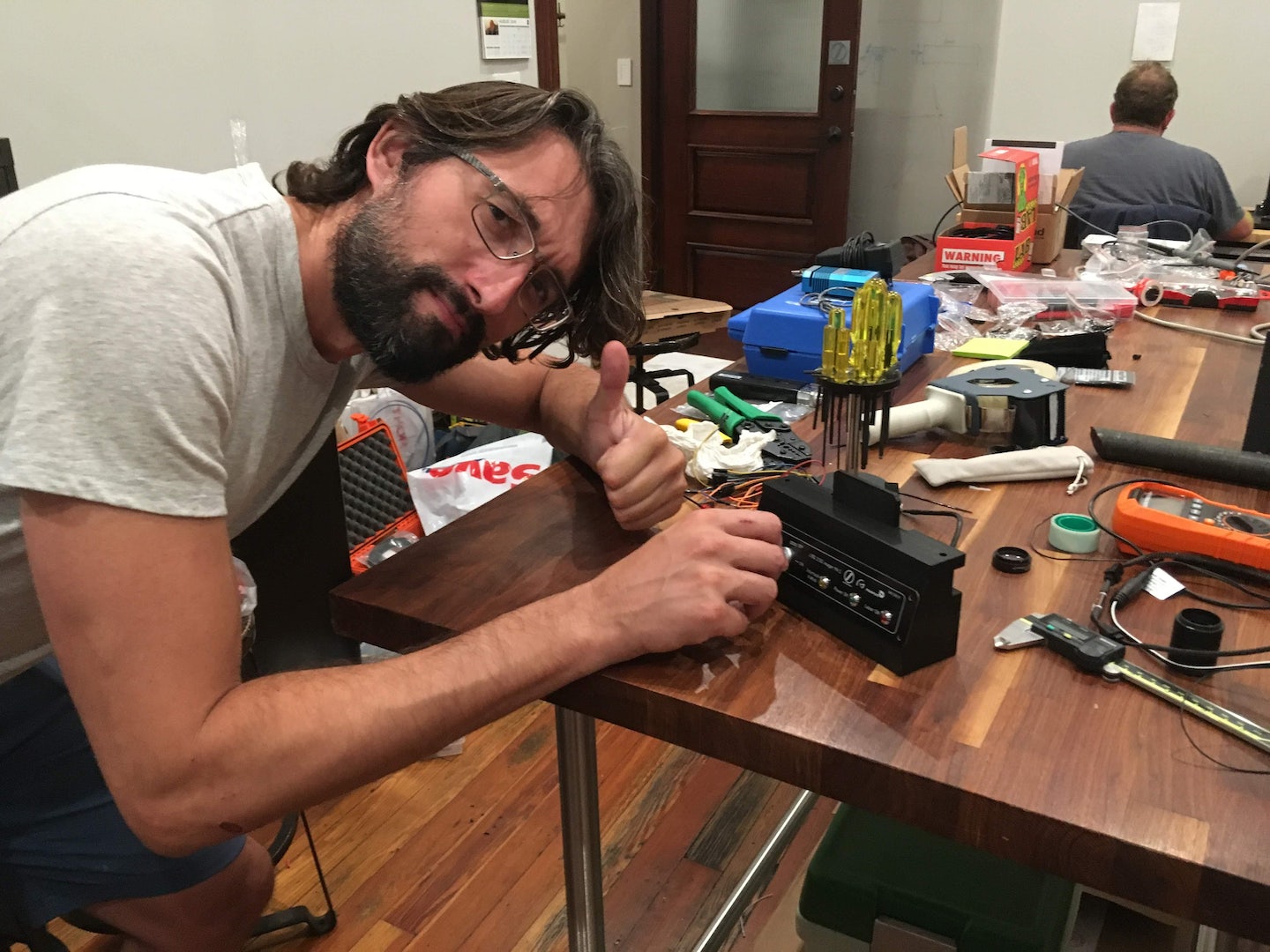
But after the joy came the next challenge. “In less than two months, we had to transform the concept into a real, working instrument, a very short timeframe for such a delicate machine and complex software” With the help of no less than four 3D printers they managed to gather all the necessary components, just in time for taking them to the US. “The final assembly in the labs of Impossible Sensing was another race against the clock”, says Christian Burlet. “Without the help of the team over there, we wouldn't have made it!” But they did it, right on time to deliver it to the JPL. “This spectrometer is a prototype of course, and will evolve, but hey are very happy with their new toy!” Christian adds smiling. The team is now working on a first upgrade of the instrument in order to improve sensitivity and simulate different atmospheric compositions in the sample chamber.
Life at 100°C (and more)
The SpectroGRID was made specifically for the “Origins and Habitability Laboratory”, a sub-lab of JPL that studies how geological conditions impact the origin of life, life in extreme environments and how life can exist on other worlds. One of their research grounds is the deep sea, where life thrives around hydrothermal vents with temperatures of 60°C to more than 400°C. There, not plants, but chemosynthetic bacteria form the bottom of the food chain, sustaining many larger organisms far away from sunlight.
But why does this interest NASA, aren’t they all about outer space? Well, one of the most promising hypotheses of the origins of life locates it around hydrothermal vents. The chemicals found in these vents and the energy they provide could have fuelled many of the chemical reactions necessary for the emergence of life. NASA researchers think that some of the Solar System ice moons, such as Jupiter's Europa, might also have hydrothermal vents in the liquid oceans under their frozen crusts. The astrobiologists of the “Origins and Habitability Laboratory” are simulating these hydrothermal chimney systems in the lab, to study the chemistry of elements crucial for life and origin of life. There, the SpectroGRID will help them to investigate rock samples and unravel some of the many mysteries they still hold.



